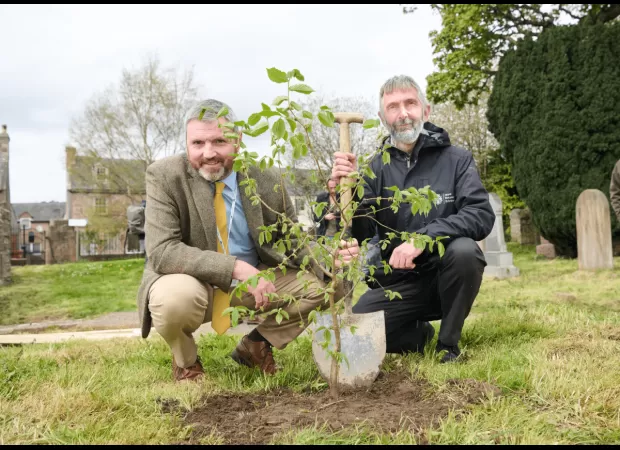A new wych elm brings new life to the site of Europe's oldest tree.
The 800-year-old Beauly Elm in the Highland village of Beauly succumbed to Dutch elm disease, but a sapling from the tree has been replanted to bring new life to the site.

The 800-year-old Beauly Elm in the Highland village of Beauly succumbed to Dutch elm disease, but a sapling from the tree has been replanted to bring new life to the site.
22 Views


